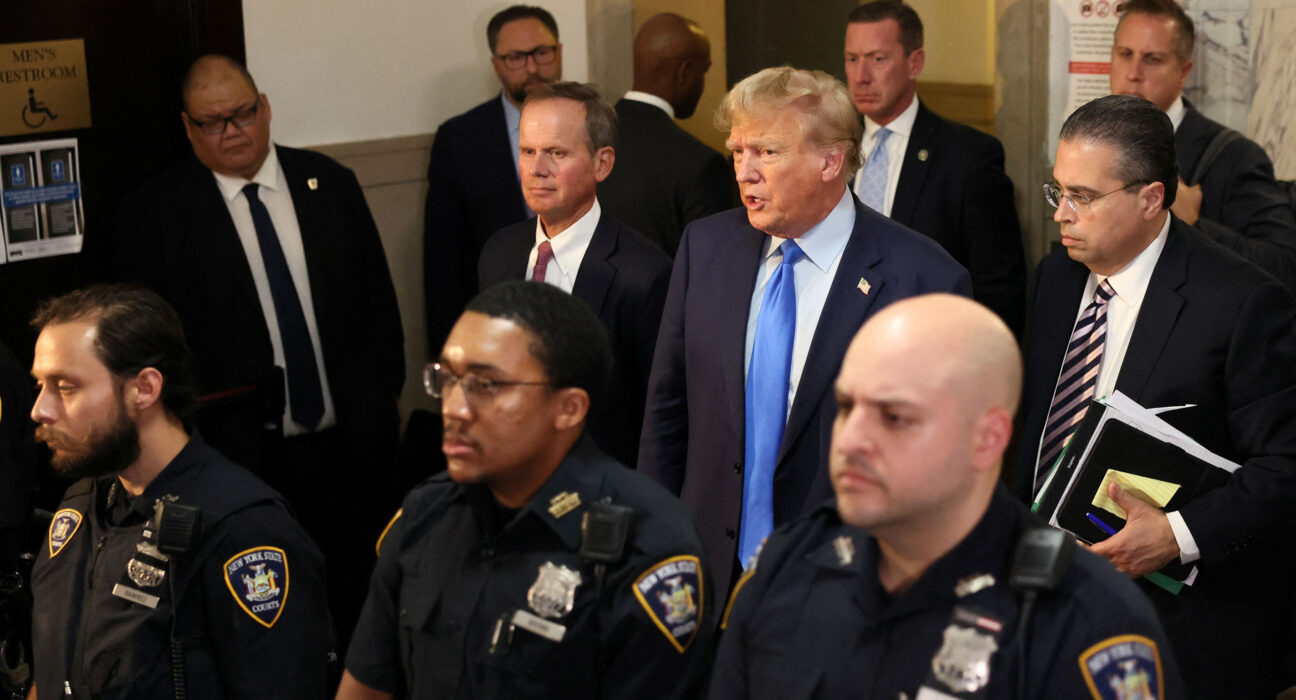Donald Trump has raised the alarm with potential tariffs of up to 200 percent on pharmaceutical products, a move that could have significant implications for global trade. The US President’s announcement sent shockwaves through the pharmaceutical industry, particularly affecting Australia, one of the largest exporters of medicines to the US.
In his address, Trump emphasized that drug manufacturers would have a window of opportunity to shift their production operations to the United States before facing hefty tariffs. This strategic approach aims to incentivize domestic manufacturing and reduce American reliance on foreign pharmaceutical suppliers.
“We’re going to give [drug manufacturers] about a year, a year and a half to come in, and after that, they’re going to be tariffed,”
Trump stated firmly.
“They’re going to be tariffed at a very, very high rate, like 200 per cent.”
The proposed tariffs could have far-reaching consequences for Australia’s pharmaceutical industry, which exported over $2 billion worth of products to the US last year alone. This represents a substantial portion of Australia’s total pharmaceutical exports and underscores the potential economic impact of such measures.
Commerce Secretary Howard Lutnick hinted at ongoing deliberations within the Department of Commerce regarding pharmaceutical tariffs. The final decision is pending completion of an investigation into the necessity of imposing tariffs on imported drugs. Lutnick stressed that President Trump would ultimately determine the course of action based on these findings.
The looming specter of increased tariffs has fueled tensions between trading partners as industries brace for potential disruptions in supply chains and pricing structures. Australian pharmaceutical companies are closely monitoring developments and preparing contingency plans to mitigate any adverse effects on their businesses.
Meanwhile, copper—a vital commodity with diverse industrial applications—also faces scrutiny under Trump’s trade agenda. The President indicated that copper imports could soon be subject to a 50 percent tariff, aligning it with existing tariffs imposed on aluminum and steel.
“I believe the tariff on copper… we’re going to make it 50 percent,”
Trump declared during discussions about his administration’s trade policies.
While Australia predominantly exports copper concentrates rather than refined metal products to the US, any increase in tariffs could impact bilateral trade relations between the two countries. Notably, Chile stands out as a major supplier of copper imports to the US and is likely bracing for potential market fluctuations arising from these tariff proposals.
As global markets await formal announcements regarding these proposed tariffs, stakeholders across various industries are assessing their exposure and strategizing responses accordingly. The evolving landscape of international trade underscores the complexity and interconnectedness of economies worldwide.
The dynamics surrounding these tariff deliberations highlight broader themes related to national sovereignty, economic interdependence, and geopolitical strategies. Analysts emphasize that such policy decisions can have ripple effects beyond immediate sectors targeted by tariffs.
In conclusion,
the implications stemming from
Trump’s proposed
tariffs underscore
the intricate web
of international
trade relations.
Stakeholders must navigate
this evolving landscape
with foresight
and adaptability,
keeping abreast
of developments
that shape
global commerce.

